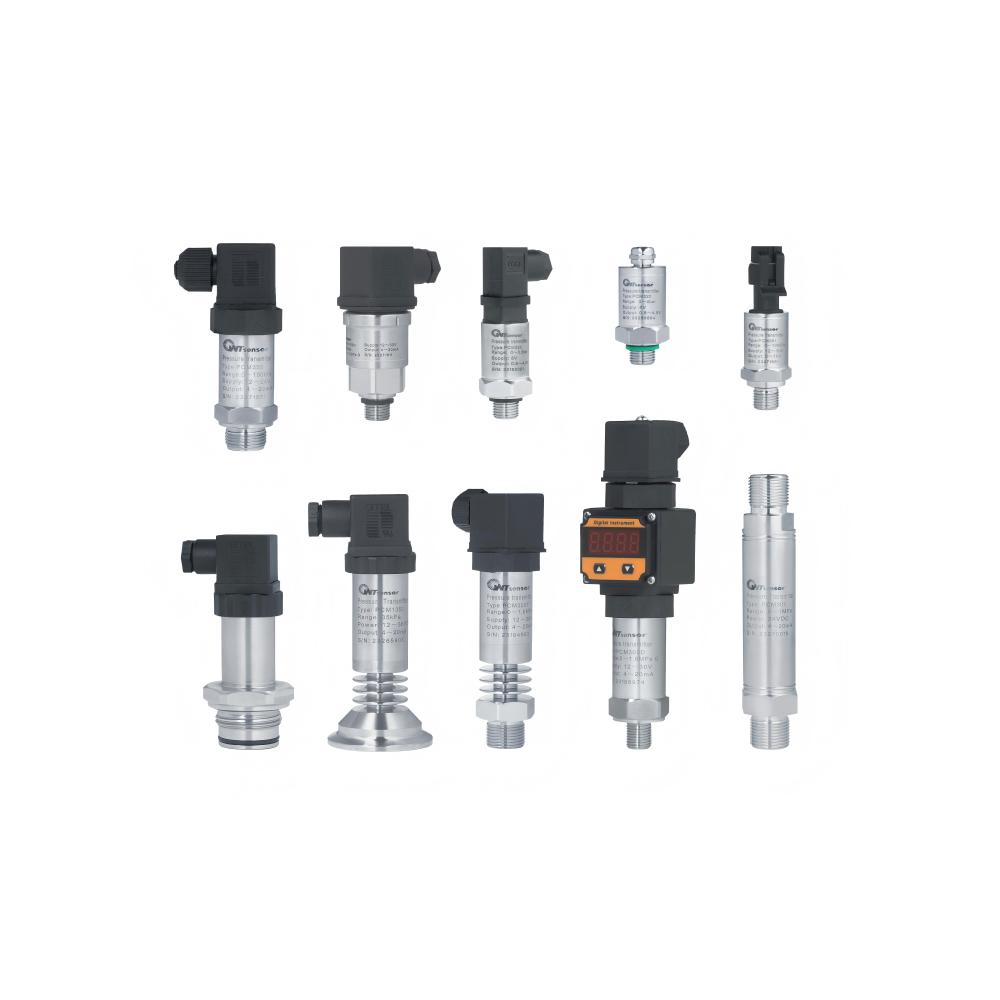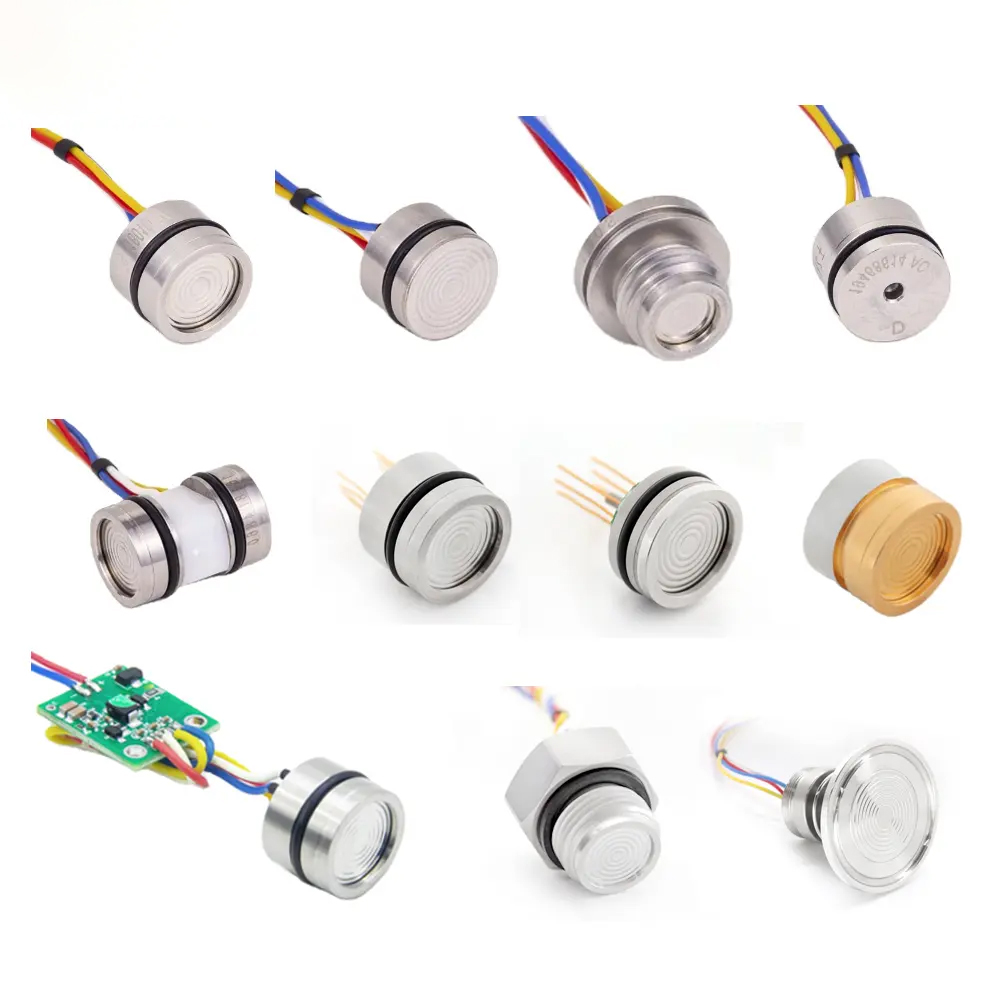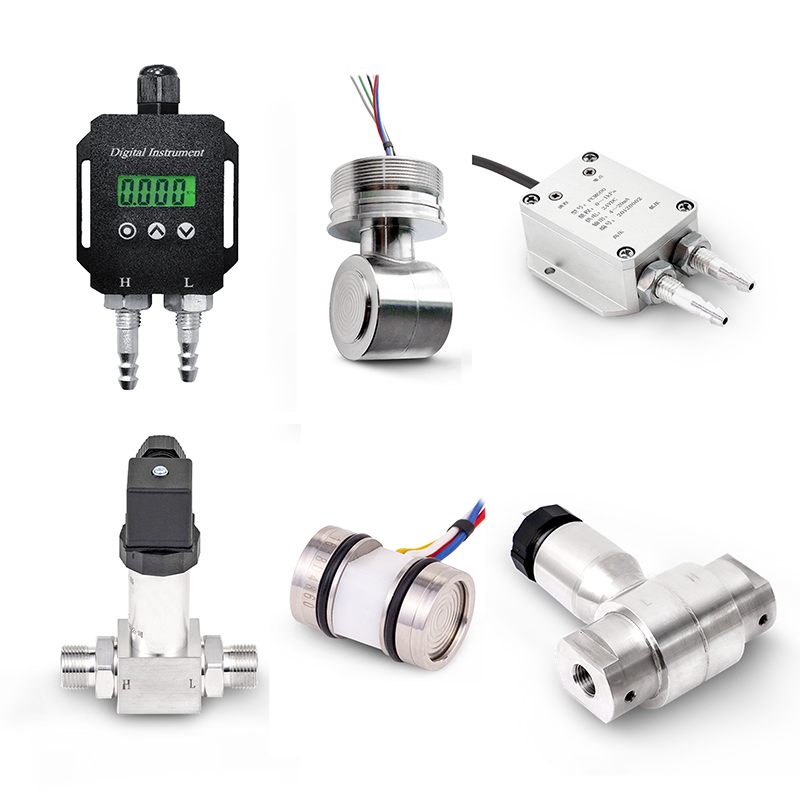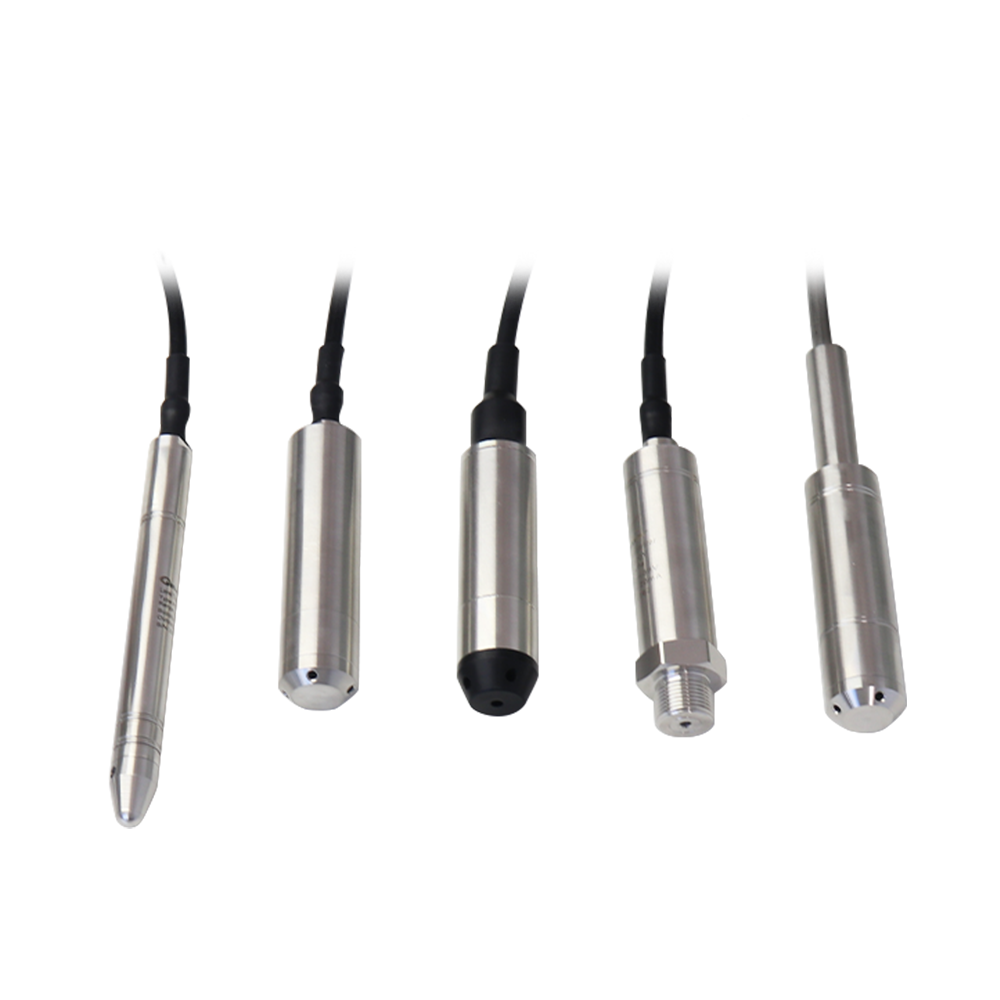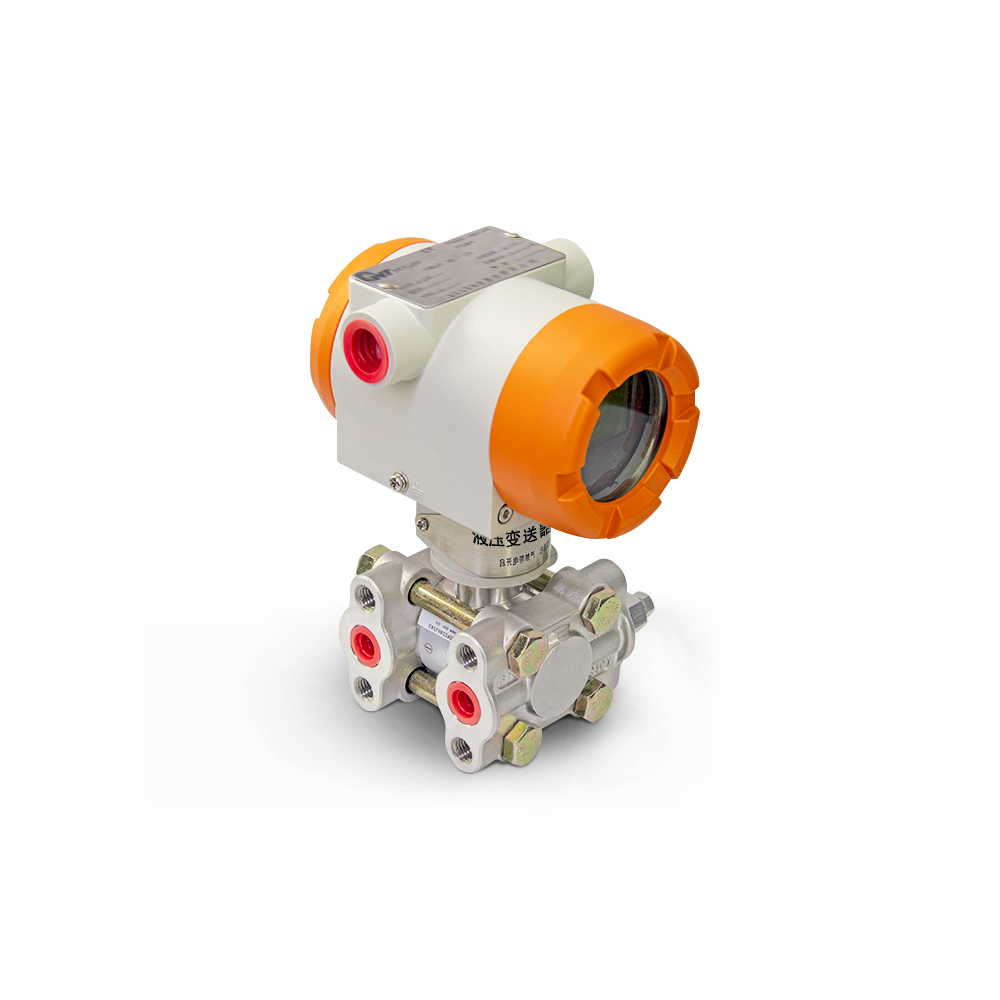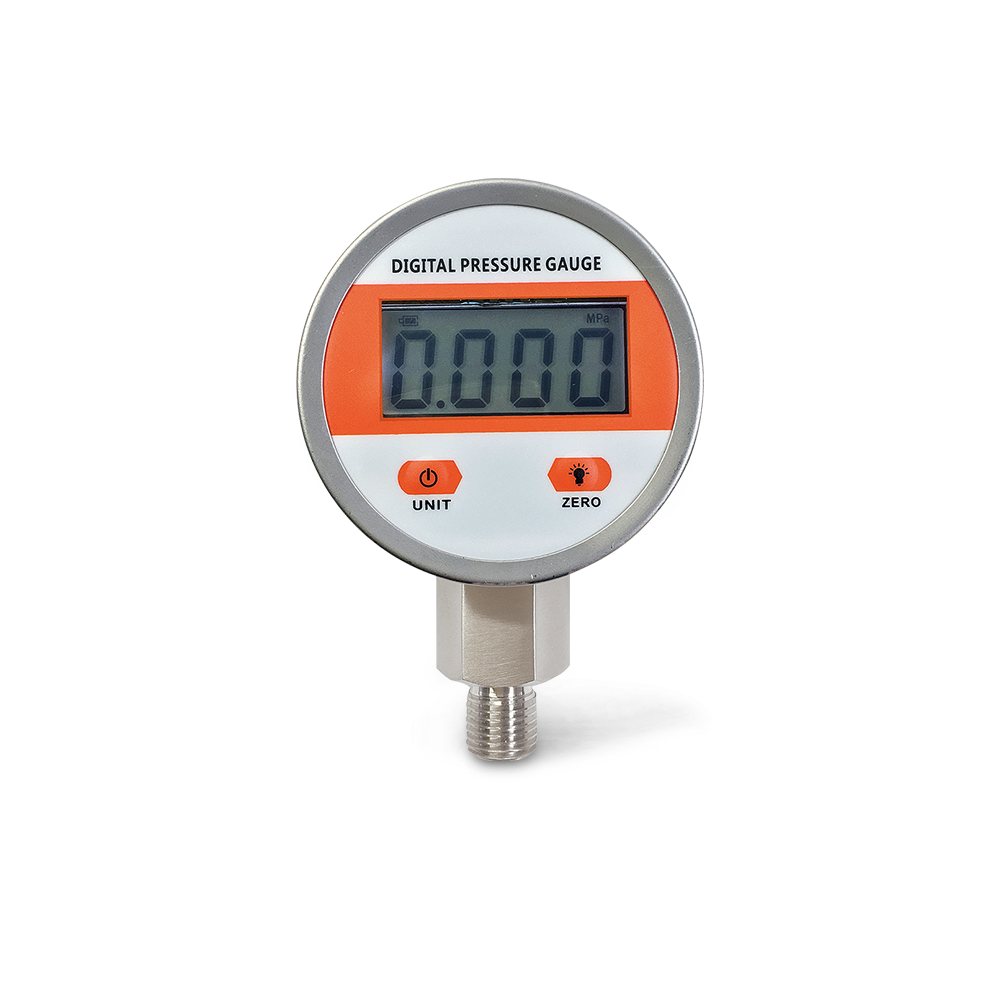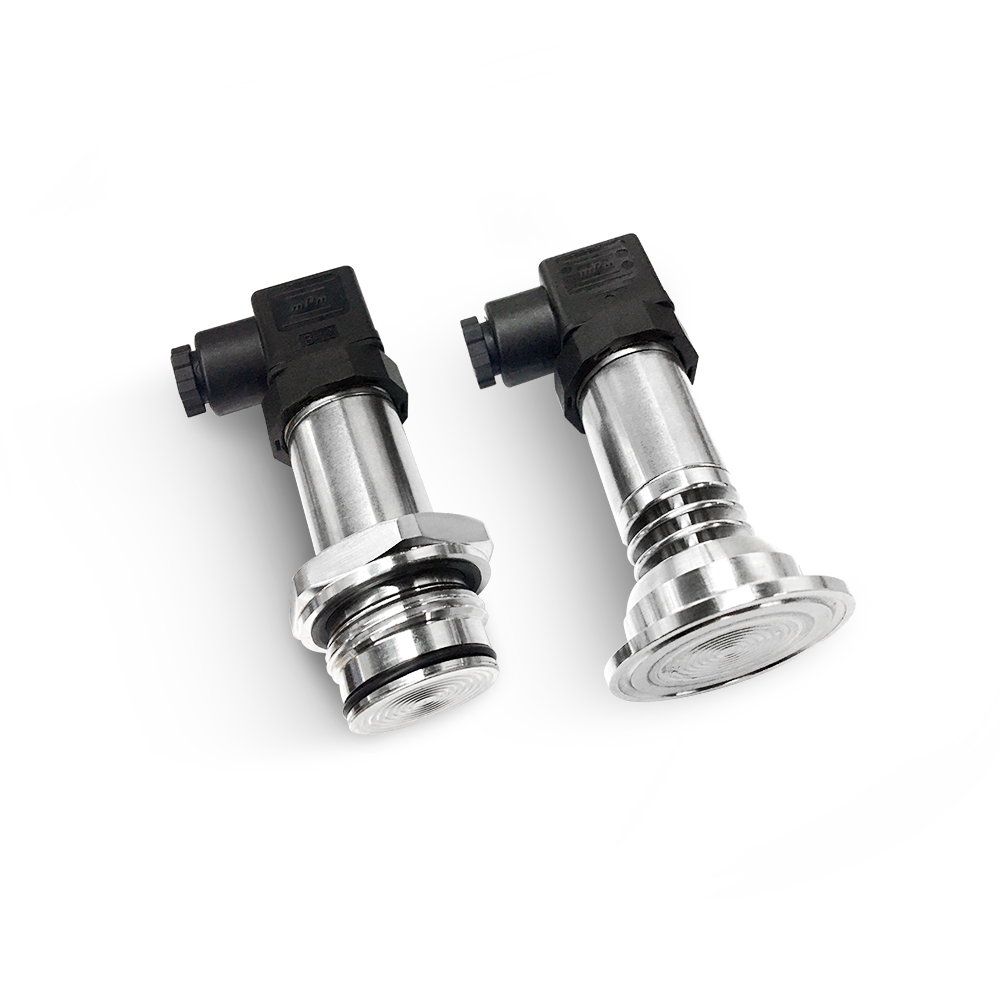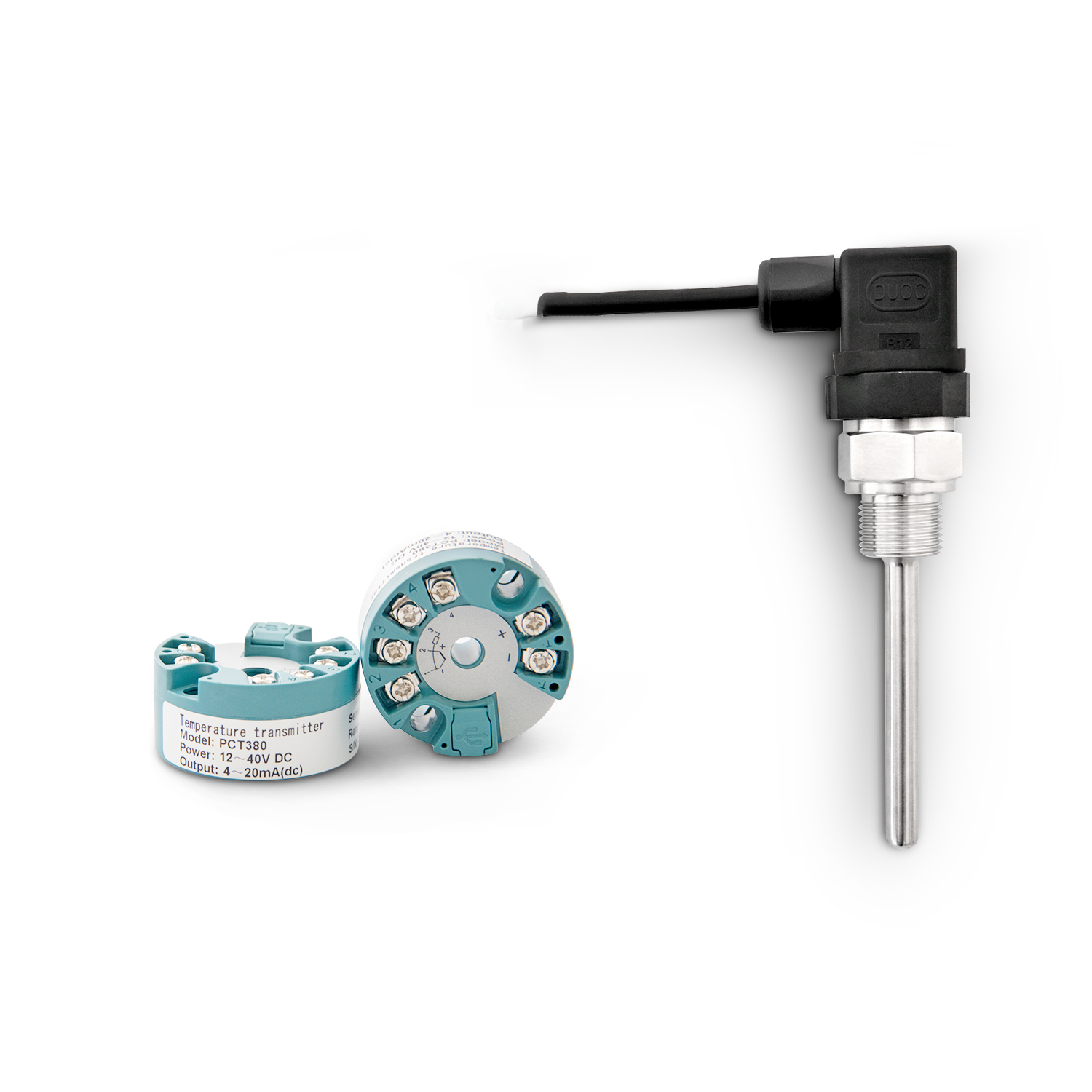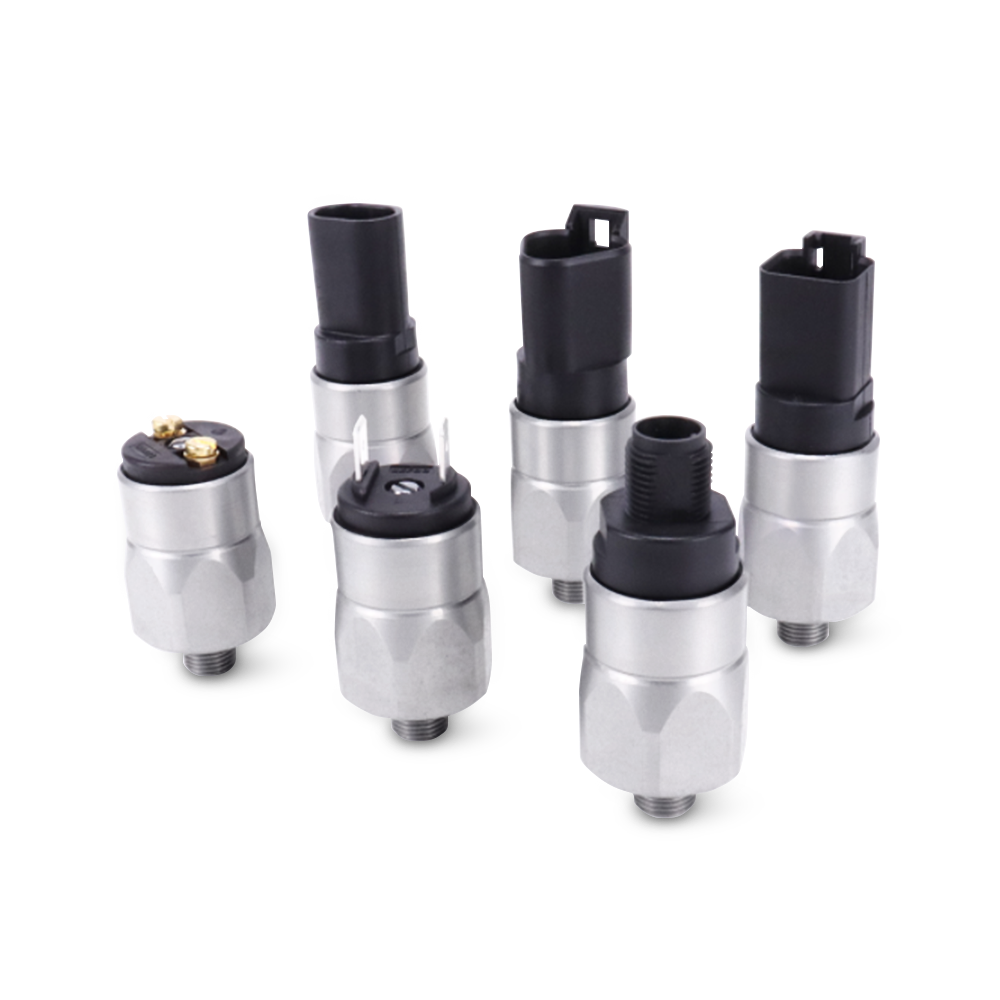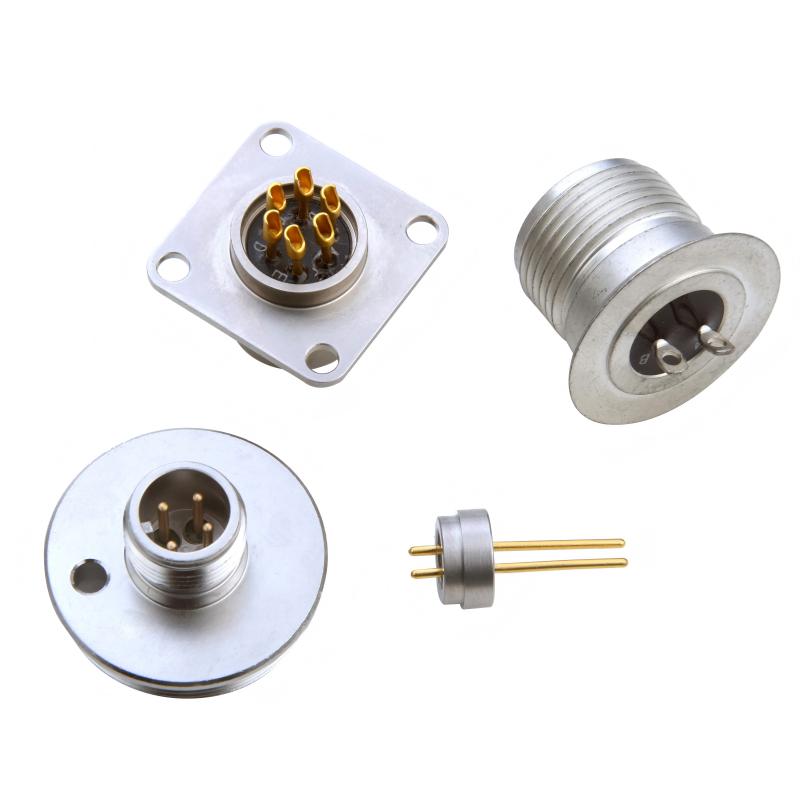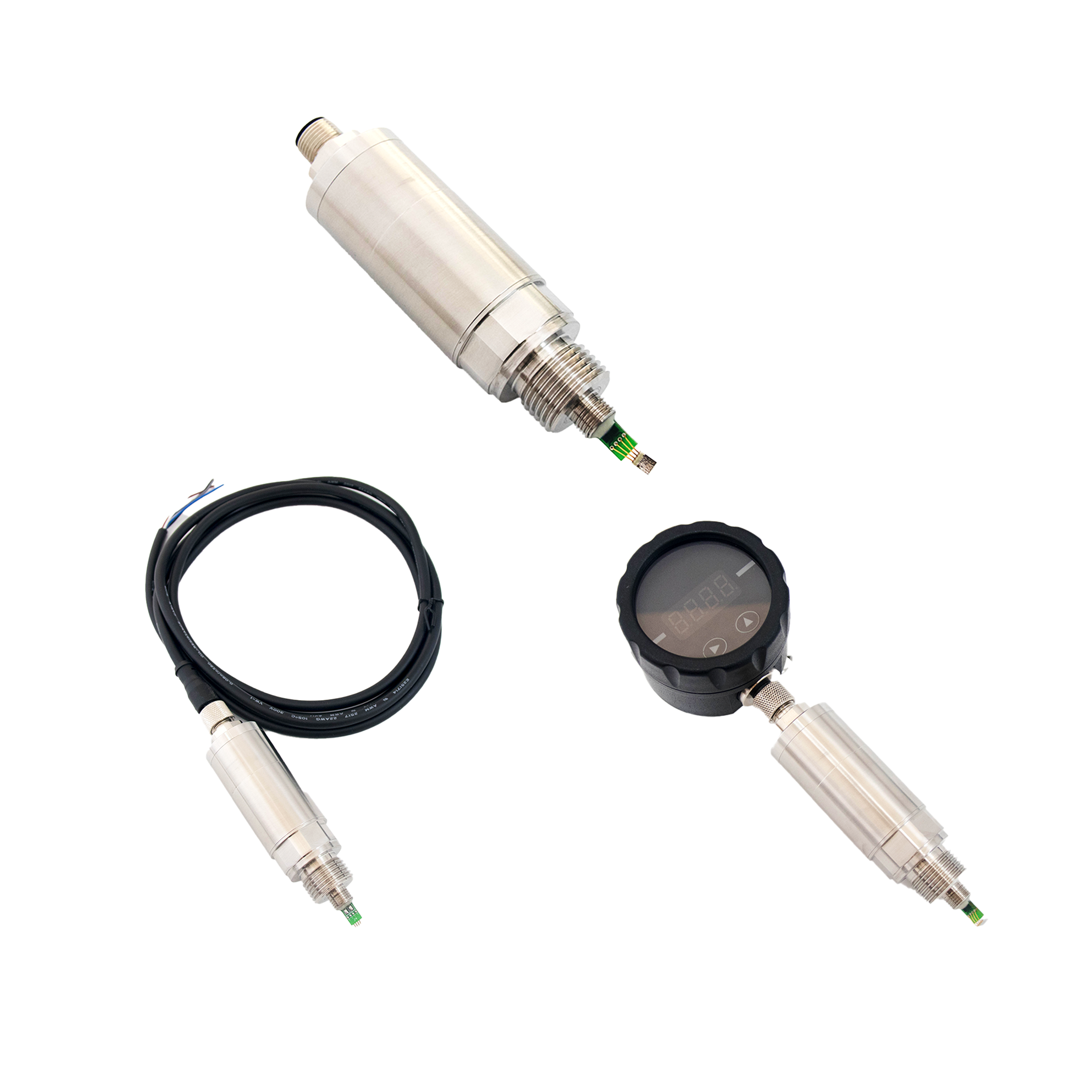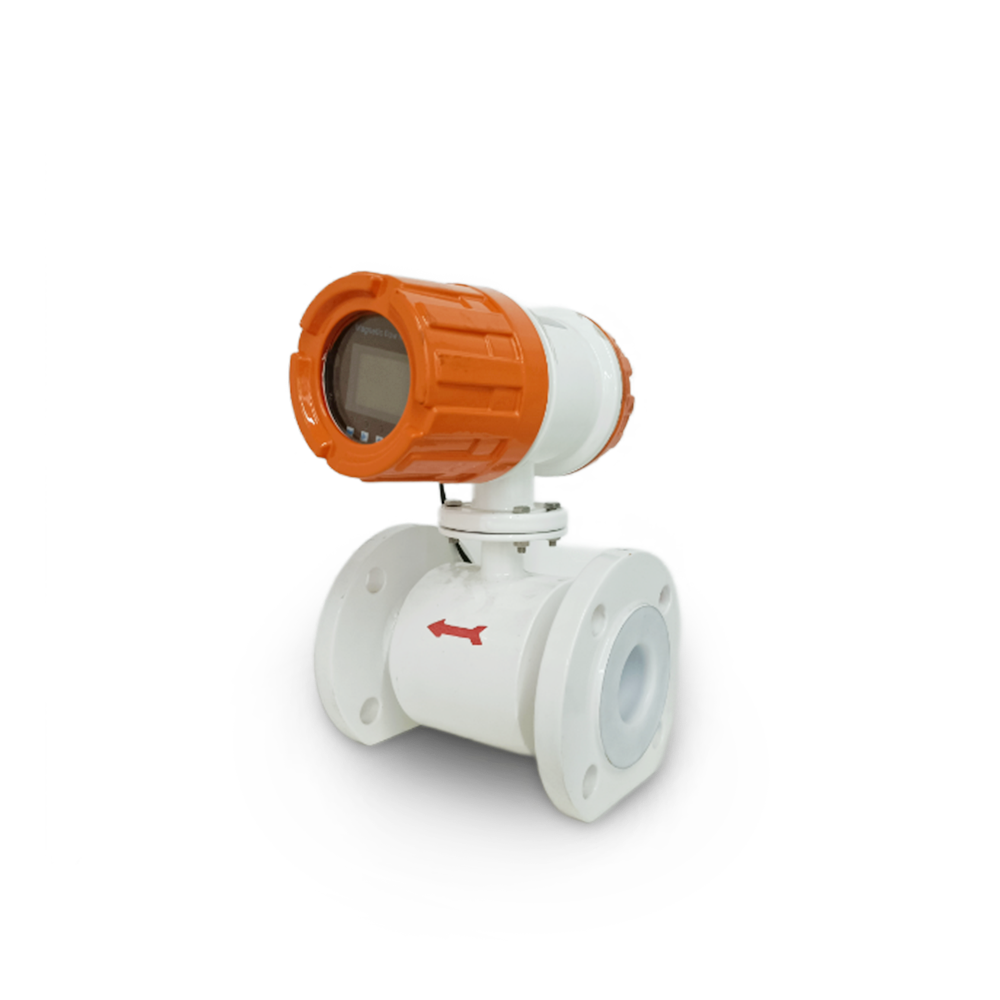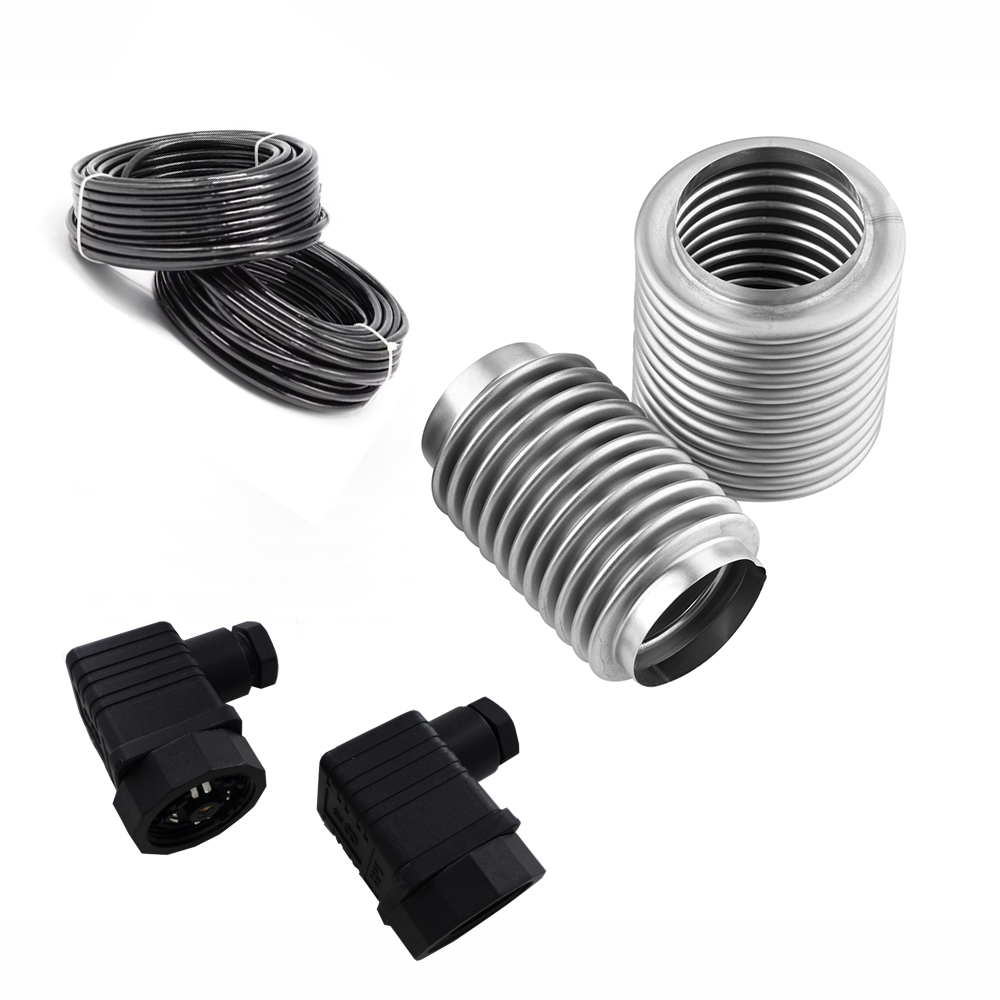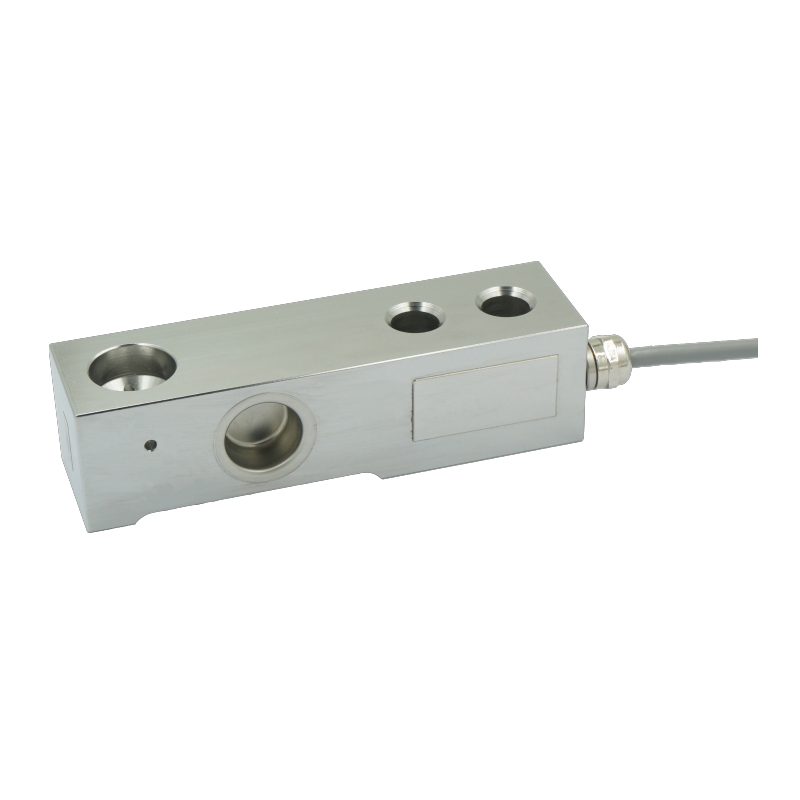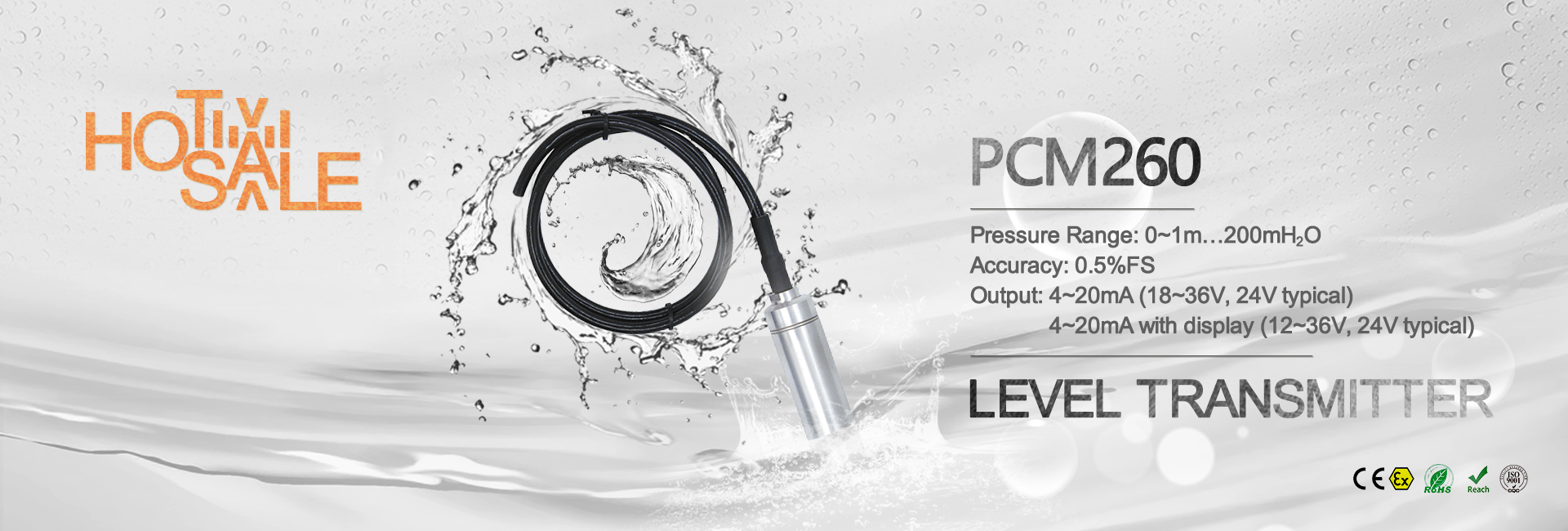Level Sensor & Transmitter in Water Treatment Industry
From: Issued date 2024.05.23 Back
Enhancing Water Treatment Efficiency with Liquid Level Pressure Transmitters and Sensors
In today's dynamic industrial landscape, precision and efficiency are paramount, especially in sectors like water treatment. As manufacturers of liquid level pressure transmitters and sensors, we recognize the pivotal role these devices play across various industries and applications. Let's delve into their significance and how they are revolutionizing the water treatment sector.
Liquid level pressure transmitters and sensors find extensive utility across diverse industries, ranging from oil and gas to pharmaceuticals, from food and beverage to chemical processing. Their versatility lies in their ability to accurately measure and monitor the levels of liquids in tanks, reservoirs, and pipelines, ensuring optimal operations and safety standards.
In the water treatment industry specifically, these devices serve as indispensable tools for optimizing processes and ensuring regulatory compliance. They are integrated into a myriad of equipment and systems, including:
Water Storage Tanks: Liquid level pressure transmitters are deployed in water storage tanks to precisely gauge the volume of water stored, facilitating efficient resource management and distribution.
Pump Control Systems: Sensors play a crucial role in pump control systems by providing real-time data on liquid levels, enabling automated pump operation based on demand, thus minimizing energy consumption and operational costs.
Filtration Systems: Liquid level sensors are integrated into filtration systems to monitor the level of filtered water, ensuring uninterrupted filtration processes and timely maintenance interventions.
Chemical Dosing Equipment: In water treatment plants, accurate dosing of chemicals is vital for achieving desired water quality standards. Liquid level sensors enable precise monitoring of chemical levels in dosing equipment, optimizing chemical usage and minimizing wastage.
Wastewater Treatment Plants: Liquid level transmitters are instrumental in wastewater treatment plants for monitoring sewage levels in various treatment stages, facilitating efficient processing and ensuring compliance with environmental regulations.
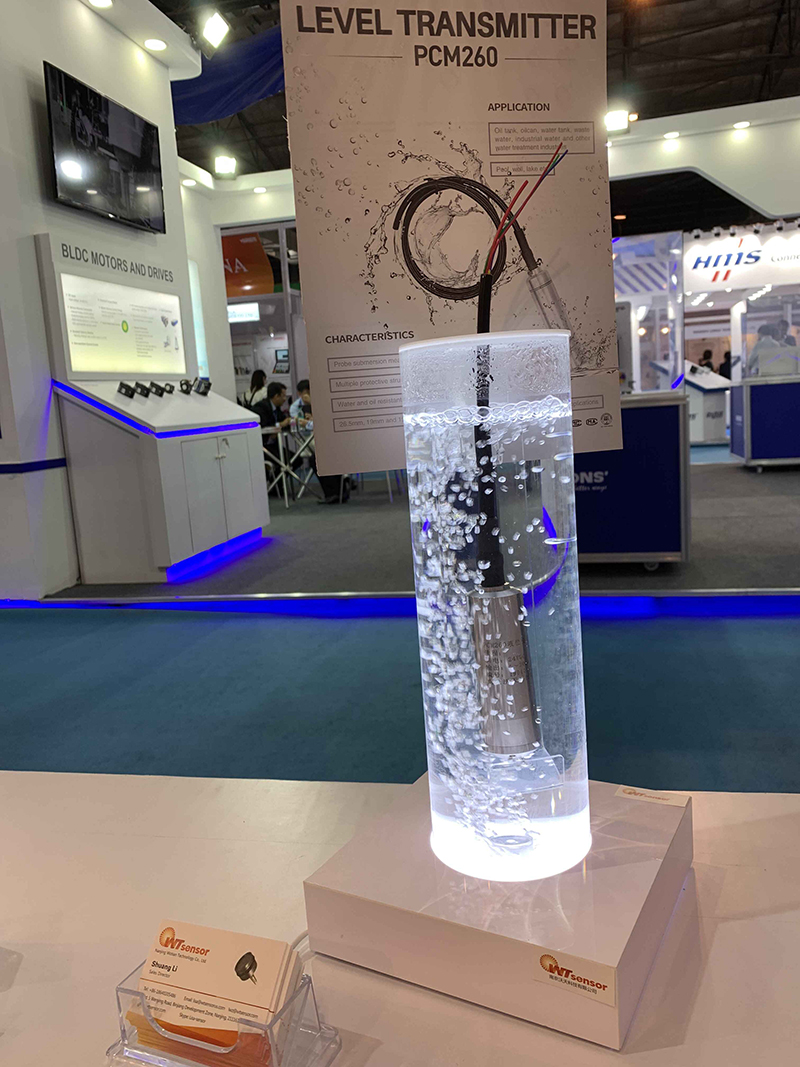
The integration of liquid level pressure transmitters and sensors into water treatment processes offers several compelling advantages:
Enhanced Efficiency: By providing real-time data on liquid levels and process parameters, these devices optimize operational efficiency, reduce downtime, and minimize manual intervention, thereby streamlining water treatment processes.
Improved Accuracy and Reliability: With advanced sensing technologies, liquid level transmitters and sensors deliver precise and reliable measurements, enabling water treatment plants to maintain consistent water quality standards and meet regulatory requirements.
Cost Savings: Through optimized resource utilization, reduced energy consumption, and minimized wastage, these devices contribute to significant cost savings over the long term, enhancing the economic viability of water treatment operations.
Environmental Sustainability: By enabling more efficient water usage and minimizing chemical wastage, the integration of liquid level sensors promotes environmental sustainability by reducing the ecological footprint of water treatment processes.
Liquid level pressure transmitters and sensors play a pivotal role in enhancing the efficiency, reliability, and sustainability of water treatment operations. By leveraging advanced sensing technologies and data-driven insights, these devices empower water treatment plants to optimize processes, ensure regulatory compliance, and meet the evolving demands of the modern industrial landscape. As a leading manufacturer in this field, we remain committed to driving innovation and delivering solutions that address the evolving needs of the water treatment industry.
This article Tags: level transmitterlevel sensor radar level sensor
Back to List
